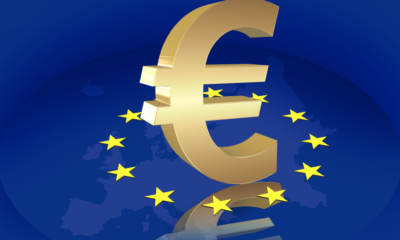News
Microsoft and Nvidia stocks reach all-time highs
Microsoft’s stock hit an all-time high of $378.81 on Nov. 20 on the back of a tumultuous weekend for the AI sector involving the ousting of OpenAI CEO and co-founder Sam Altman. Not to be outdone, Nvidia’s stock also reached an all-time high of $499.60, continuing a trend that’s seen its shares rise from a one-year low of $138.84.
-

 Business2 days ago
Business2 days agoCircle stock jumps 167% on NYSE debut
-

 Business1 week ago
Business1 week agoOpenSea expands beyond NFTs with OS2 public rollout
-

 Business1 week ago
Business1 week agoTelegram raises $1.7 billion in convertible bond offering
-

 Business2 days ago
Business2 days agoJapan’s ‘Strategy,’ Metaplanet, to buy 91K Bitcoin in next 18 months
-

 Business7 days ago
Business7 days agoSingapore orders local crypto firms to cease overseas activity by June 30
-

 Business6 days ago
Business6 days agoSEC faces criticism over crypto staking shift
-

 Business7 days ago
Business7 days agoMeta won’t buy Bitcoin as shareholders knock back treasury idea
-

 Business7 days ago
Business7 days agoBinance co-founder CZ proposes dark pool DEXs to tackle manipulation


























